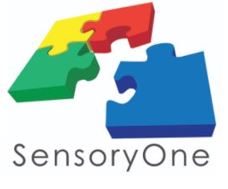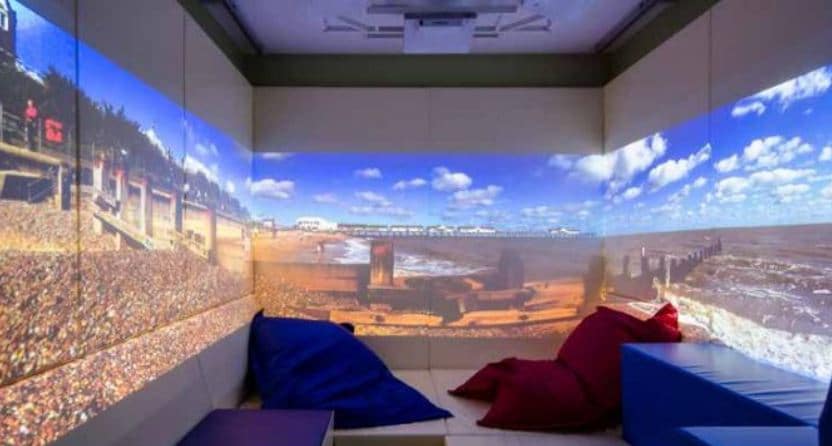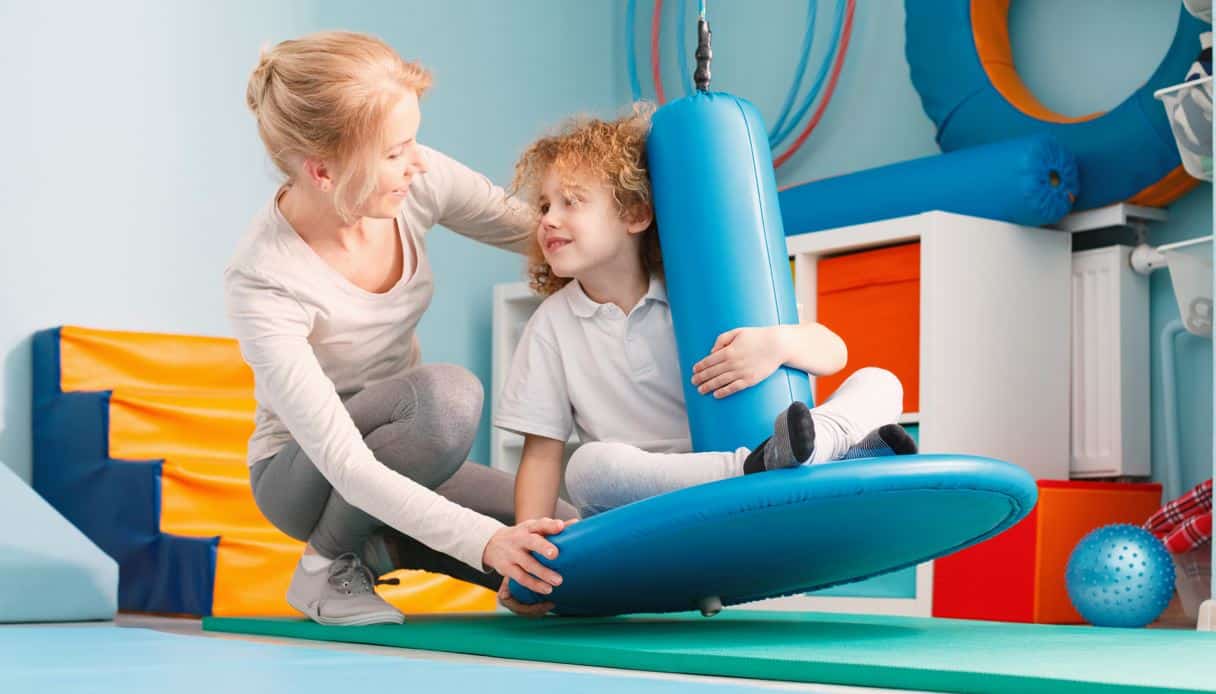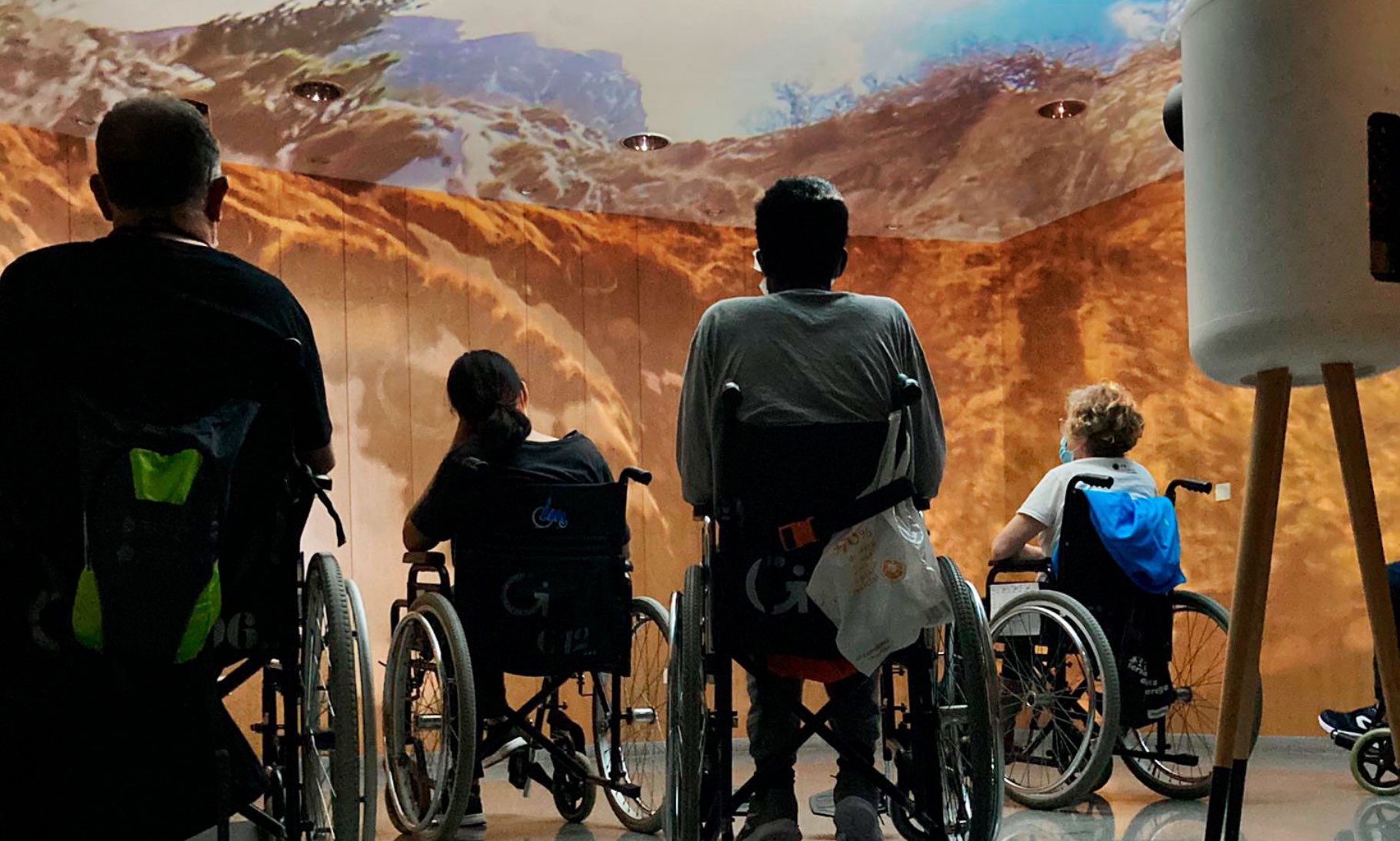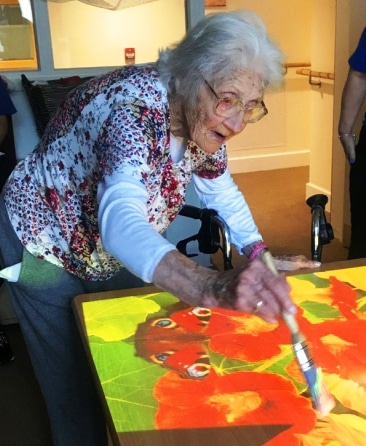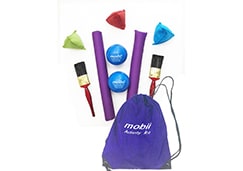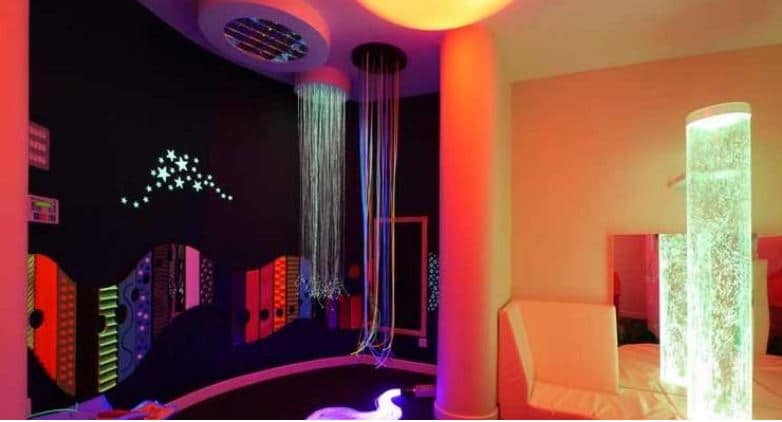When you are creating a sensory space, it may initially feel overwhelming to decide which pieces of equipment are going to suit your needs the best. While you can often put together your ideal space on your own there’s usually a benefit to enlisting the help of a professional.
There are many sensory room equipment service providers to be found online, however it can be difficult to choose which one will be the most helpful to you. With so many options for what to include in your space, choosing a company that can help walk you through the process and make some personalized suggestions will make everything feel so much easier.
Factors to consider when choosing a Sensory Room Equipment Service Provider
At SensoryOne, we’re more than a sensory room equipment company. We provide expert guidance for clients in all settings as part of our service. It’s not the right sensory environment for your setting if it’s not customized for you. Let’s plan together!
There are a number of factors to consider when choosing a business to help you set up your sensory space. A sensory room equipment service provider will pride themselves on their ability to provide you with the tools to create a top-notch space that suits your needs. When you start the search for the best consultant for the task, these are the top factors to consider.
The range of equipment they have available
A sensory room service provider should have a wide variety of equipment available to choose from when designing your sensory space. A range of products that includes sensory and tactile walls, interactive panels, bubble tubes, fiber optic lighting systems, mobile units and technology-based activities can all help you create the perfect sensory space for your home.
Their ability to incorporate technology
It’s no secret that technology is an invaluable addition to a sensory space. An equipment provider should demonstrate comfort in recommending and explaining technological tools like an OM Interactive projection system and a Broomx virtual reality system. Including one or several of these features in your sensory space will have many positive effects for visitors to your sensory room.
Offers a good variety of tactile options
Some of the most common features in a sensory space are tactile ones. Equipment that offers a variety of different tactile opportunities is most likely to help calm, re-center and engage a visitor to a sensory room. Because of this, an equipment provider that offers a wide variety of options including tactile walls, panels, murals, tiles and toys is sure to be able to help you create the most useful and beneficial space possible.
Personal service is provided for project management
While you can certainly go through the steps to create a sensory space on your own, one mark of a top sensory equipment service provider is their ability to provide personal assistance. Having a representative to talk to about the different options and help you decide which pieces would work best for your needs will help ensure that everything you choose will go to good use.
Ability to stay within your budget
A significant part of any project is the budget that comes with it. A sensory equipment provider that can help you outfit your sensory space while sticking within your budget displays that they care about your experience and needs.
An interest in innovation
As the understanding of the kind of people who benefit from sensory spaces increases, so too does the innovation of what kind of equipment might be included. An equipment provider that expresses an interest in discovering the latest trends, technologies and innovations is a great resource for you. This interest in innovation shows that their offerings will be up to date and include a wide variety of equipment options.
Flexibility to work with the space you have available
A great sensory equipment provider will be able to work with you to create a useful sensory space in whatever kind of area you have available. Whether you are able to dedicate an entire room to the effort, are outfitting a small piece of a larger room or are looking for a mobile cart that can be moved to wherever it is needed, a sensory equipment provider will be able to assist in choosing the right items.
A great sensory space involves expert support
When you decide to create a sensory space, you are showing that you care about the individual or group of people who are going to be using the space. Therefore, it makes sense that you should choose a sensory room equipment service provider that is going to offer you the same care and support.
When you do find this equipment provider, you’ll be able to look to them for guidance in creating the best sensory space you possibly can, within the parameters you have available. Your budget, available space and the needs of your intended users will all play a role in how your sensory space will turn out. Whether you include technology like an interactive projector or virtual reality machine or opt for more tactile options, an equipment service provider will be happy to walk you through the options.

